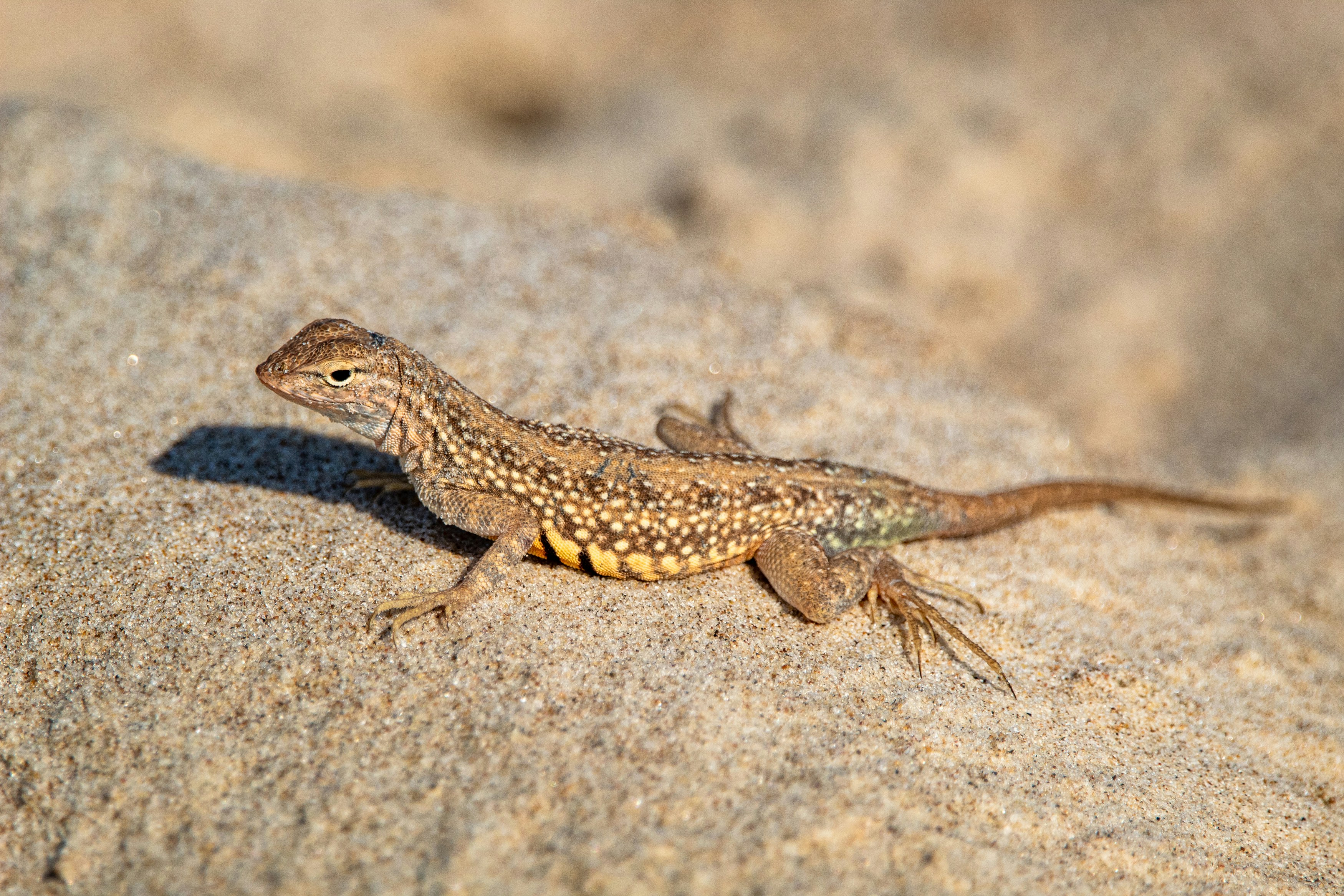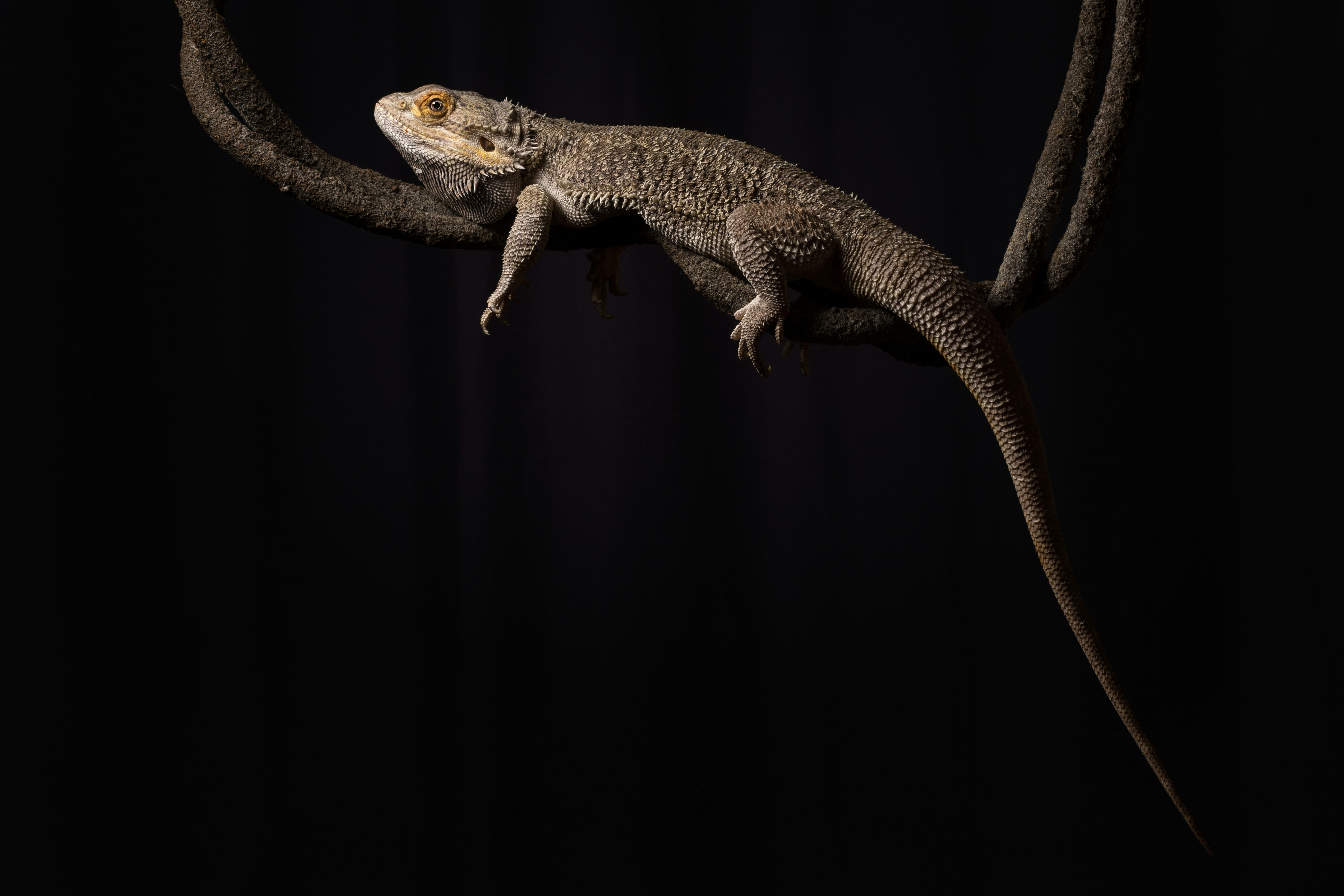Imagine you have a pet lizard. It’s cute and fun to watch, but lately, you’ve noticed that it’s starting to get a bit possessive. It doesn’t like other lizards being around and getting all puffed up and hissy. What can you do about your territorial lizard? Well, in this article, we’ll explore some options to help you understand what’s going on and how you can create a harmonious environment for your scaly friend.
Understanding Territorial Behavior in Lizards
What is territorial behavior?
Territorial behavior is when a lizard tries to defend and claim a specific area as its own. Lizards, like many other animals, have a natural instinct to protect their territory from other lizards or potential intruders. This behavior is important for their survival in the wild and is influenced by a combination of genetic and environmental factors.
Causes of territorial behavior in lizards
There are several factors that can contribute to territorial behavior in lizards. One of the main causes is the need for resources, such as food, water, and mates. Lizards may become territorial to ensure they have enough of these resources for themselves. Additionally, some lizard species have a natural instinct to establish and defend territories as a way to attract potential mates or to establish dominance over other lizards.
Common signs of territorial aggression
To identify whether your lizard is displaying territorial behavior, it is important to look out for certain signs of aggression. These signs may include hissing, tail whipping, lunging, biting, or puffing up the body to appear larger. Your lizard may also display postures that indicate it is trying to establish dominance, such as head bobbing or push-ups. It is important to note that not all lizards display territorial behavior, and some may be more aggressive than others.
This image is property of images.unsplash.com.
Exploring Possible Solutions to Deal with Territorial Lizards
1. Providing Sufficient Space for Your Lizard
Lizards need enough space to establish their territory comfortably. It is important to provide them with an enclosure that is large enough to meet their needs. The size of the enclosure should be appropriate for your specific lizard species and take into consideration their natural habitat requirements. A larger enclosure can help reduce territorial aggression as it allows the lizard to have more space to roam and establish its territory.
2. Creating Multiple Hiding Spots
Having multiple hiding spots in the enclosure can give your lizard a sense of security and reduce the need for territorial defense. These hiding spots can be in the form of caves, logs, or plants where your lizard can retreat to when it feels threatened or wants to establish its own private space. By providing hiding spots, you can help reduce stress and the likelihood of territorial aggression.
3. Establishing a Separate Territorial Area
Creating a designated area within the enclosure specifically for territorial behavior can be beneficial for some lizards. This area can be a smaller section of the enclosure where the lizard can display its natural territorial behaviors without interfering with other aspects of its daily life. This can be achieved by using visual barriers or dividers to separate the territory from other areas of the enclosure.
4. Using Visual Barriers
Visual barriers can be used to limit the lizard’s line of sight and reduce the chances of territorial aggression. This can be achieved by placing plants, rocks, or other objects strategically in the enclosure to create partitions and break the lizard’s field of vision. By obstructing the view of other lizards or potential threats, you can help prevent territorial disputes and promote a more peaceful environment.
5. Rotation Method for Enclosure Access
If you have multiple lizards that are prone to territorial behavior, you can implement a rotation method for enclosure access. This involves keeping the lizards in separate enclosures and periodically allowing them to take turns exploring a shared enclosure. This way, each lizard has the opportunity to establish its own territory without competing directly with others. It is important to closely monitor the lizards during these rotations to ensure their safety and minimize aggression.
6. Environmental Enrichment
Providing environmental enrichment can help alleviate territorial behavior in lizards. This can include adding various objects, such as rocks, branches, or puzzle feeders, to the enclosure to create a more stimulating and engaging environment. By giving your lizard opportunities to explore, climb, and forage, you can redirect its focus and energy away from territorial behaviors. This can promote mental stimulation and reduce aggression.
7. Behavioral Training
Behavioral training can be used to modify your lizard’s territorial behavior. Positive reinforcement techniques, such as clicker training or rewards-based training, can help redirect your lizard’s behavior towards more desirable actions. This can include teaching your lizard to respond to cues or commands, as well as rewarding calm and non-aggressive behaviors. However, it is important to consult with a professional reptile trainer or veterinarian experienced in reptile behavior before attempting any training techniques.
8. Seeking Professional Help
If you are struggling to manage your lizard’s territorial behavior on your own, it is recommended to seek professional help from a reptile behavior specialist or veterinarian. They can assess the specific needs and behaviors of your lizard and provide guidance on effective strategies to address territorial aggression. Professional help can ensure that you are taking the appropriate steps to create a safe and harmonious environment for both you and your lizard.
9. Considerations for Substrate and Furnishings
The type of substrate and furnishings in your lizard’s enclosure can also impact its territorial behavior. Some substrates, like sand or gravel, can trigger instincts for digging or burrowing in certain lizard species and may help fulfill their natural behaviors. Similarly, providing appropriate branches or climbing structures can allow your lizard to display natural behaviors and establish its own territory vertically. It is important to research the specific needs and preferences of your lizard species to ensure you are providing suitable substrate and furnishings.
10. Rehoming as the Last Resort
Rehoming should only be considered as a last resort option if all other solutions have been exhausted and your lizard’s territorial behavior continues to be a significant issue. Rehoming a lizard should be done responsibly, considering the needs and requirements of the specific species, and ensuring that it will be placed in a suitable environment with experienced caretakers. It is important to consult with experts or reptile rescue organizations to find a suitable new home for your lizard if rehoming becomes necessary.
Conclusion
Territorial behavior in lizards is a natural instinct influenced by various factors such as resource availability, mating behavior, and dominance. Understanding the causes and signs of territorial aggression can help lizard owners address and manage this behavior effectively. By providing sufficient space, creating hiding spots, and implementing strategies like visual barriers or rotation methods, owners can help minimize territorial disputes and create a more peaceful environment for their lizards. If needed, seeking professional help or considering rehoming can provide further options for managing territorial behavior. With patience, understanding, and the right approach, lizard owners can create a safe and harmonious living space for their territorial reptilian friends.
This image is property of images.unsplash.com.


